The Mong people have a wide variety of musical instruments with sounds. If the panpipe is the main instrument played in customs and beliefs, the flute or lip horn are the instruments used mainly for courtship, expressing feelings, love, and longing of Mong boys and girls.
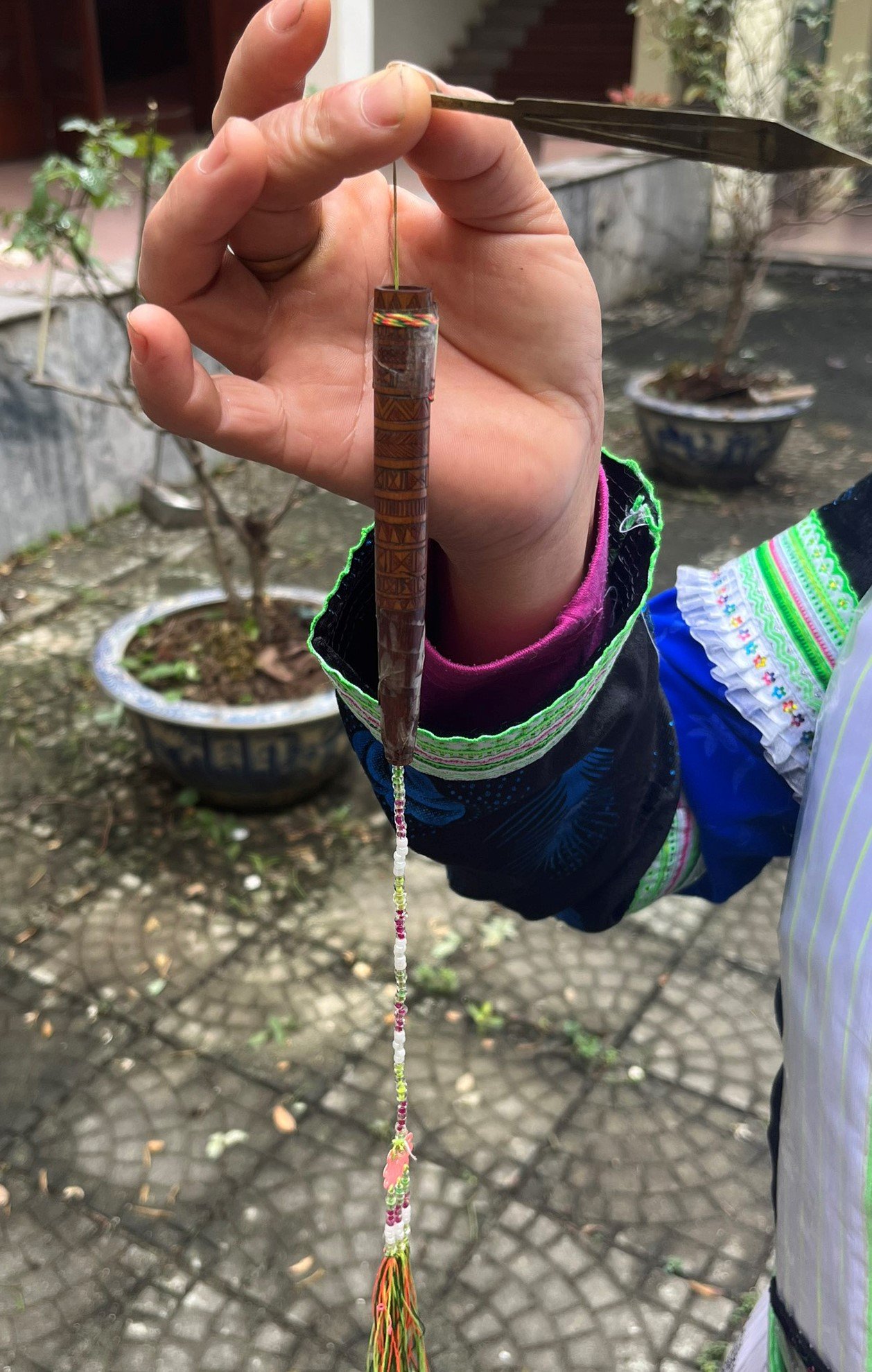
The lip trumpet of the Hmong people
The lip flute, also known as the mouth harp (in the Mong ethnic group, it is called the tu ghe), is a unique musical instrument that has existed for a long time among the Mong people. The lip flute is a self-resonating musical instrument, made from a thin piece of copper, shaped like a rice leaf, with one end of the stem to hold in the hand and the other end pointed to pluck. In the middle, a reed is created. When plucked, the reed will vibrate, and the mouth cavity will be the sound resonance chamber that produces loud, soft, low, high, and trill sounds. This musical instrument looks simple, but to make it is extremely complicated, requiring the maker to be meticulous, meticulous, and have knowledge and understanding of musical instruments and the culture of the Mong people.
The lip flute consists of three main parts, including a small bronze reed, a bamboo tube, and a bronze reed. The parts of the lip flute are connected together by many colorful threads, braided into a strong wire.
In the structure of the mouthpiece, the copper piece is the main part of the mouthpiece. The copper to make the instrument is carefully selected, then melted and poured into a mold into small, thin copper sheets, about 7cm long. The copper piece after being crushed is divided into 2 parts, with a dividing groove, the middle part of the copper sheet is where the reed is placed, so it must be made meticulously and carefully. The middle part is made very thin, even, just thin enough, not too thick to make the sound not standard, clear and not too thin to make the instrument break easily. Next, the reed, the reed is mounted on the copper piece, which is the most important part of the mouthpiece, whether the sound is standard or not depends on the elasticity of the reed. The reed or small copper bar, about 5cm long, looks like a large sewing needle, is aligned to each cm and cut to fit tightly with the copper piece, if not tight, it will not make a sound. When the reed is attached to the copper piece, the mouthpiece will have a shape that looks like a safety pin. The remaining part of the mouthpiece is the bamboo tube (or bamboo tube, reed tube…). This bamboo tube is 1-2cm longer than the trumpet, compact, one end is large, just enough to hold the trumpet, the other end is thin, just enough to thread the string through. The bamboo tube and the end of the copper piece are connected together by many colorful threads woven into a long string. When in use, the trumpeter will pull the trumpet out of the bamboo tube, when not in use, he will use the thread to connect, pull the trumpet into the bamboo tube for storage. The outer body of the bamboo tube is often decorated with sophisticated patterns, carved or covered with a piece of cloth embroidered with embossed patterns. The patterns on the tube body are often triangles, rectangles, leaf motifs, animals… symbolizing mountains, trees and animals in the daily life of the Mong people.
To play the mouth harp, the player must hold the root of the instrument steady with the left hand, placing the instrument far enough from the lips to not touch the teeth. The thumb of the right hand plucks the head of the instrument, causing the reed inside the instrument to vibrate, transmitting the vibrations to the mouth and resounding in the oral cavity. To be able to play the mouth harp, the player must know how to hold the breath, at this time the throat produces the vowels a, e, i, o, u... according to each melody and lyrics. The secret to being able to play the mouth harp is to know how to hold the breath in the chest so that the volume of air escaping is not too large, thanks to that, the breath column is held steady, the sound emitted will have different pitches, creating the characteristic tones of the mouth harp.
According to Ms. Duong Thi Mi, a Mong Hoa ethnic group, Cao Son hamlet, Dan Chu commune (Hoa An), I have been practicing playing the mouth harp since I was 12 years old, nearly 40 years now. The mouth harp is a difficult musical instrument, unlike a leaf trumpet or flute. The way to hold the breath to blow is extremely important. Holding the breath is not like talking, you have to know how to breathe evenly, take in just enough breath. You have to practice for a long time to know how to blow the harp to each melody.
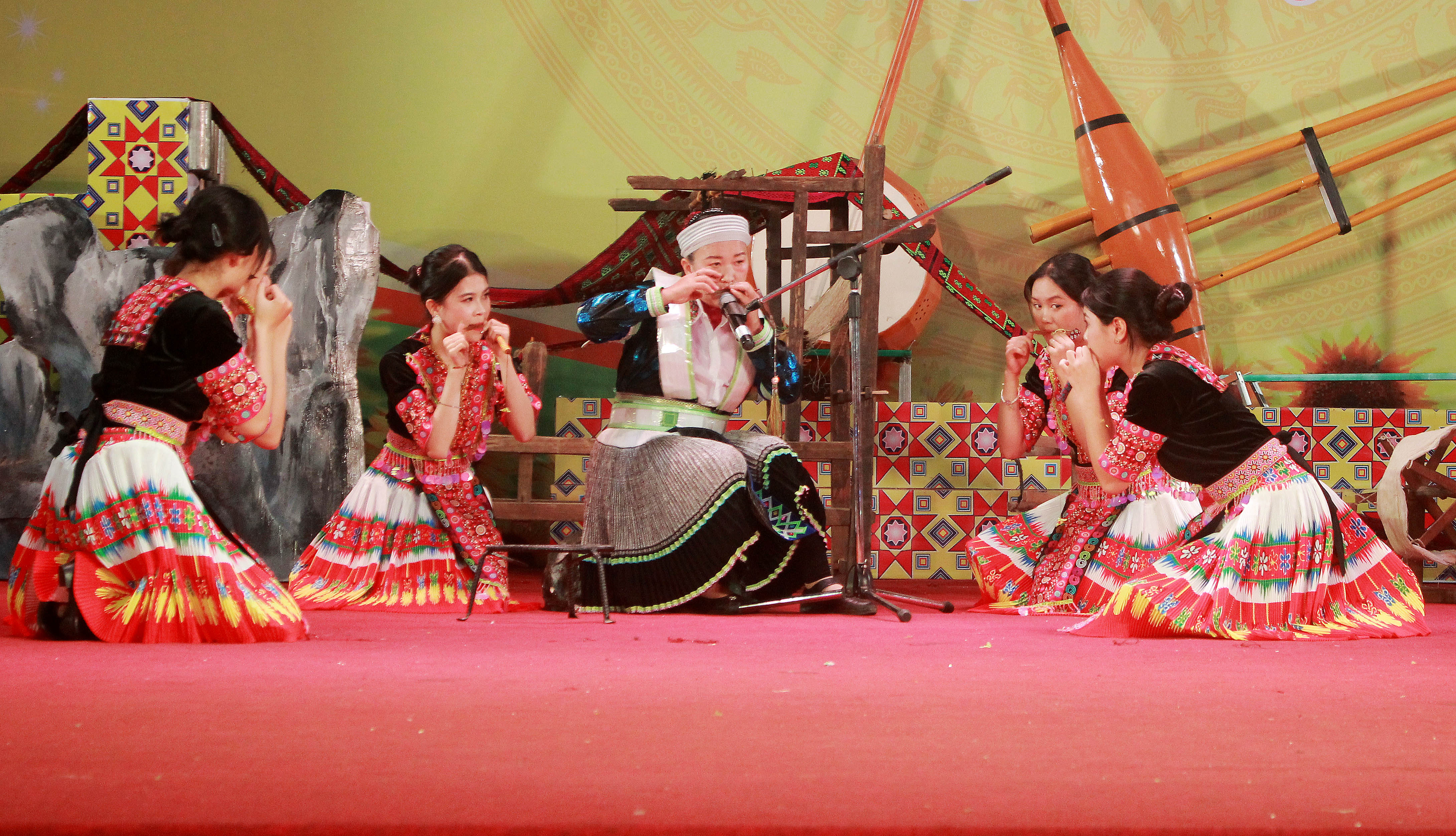
Mong folk song performance with lip flute performed by Ms. Duong Thi Mi (Hoa An) at the 2023 Provincial Folk Song and Ethnic Costume Performance Contest
The tone of the lip flute when expressing love is different from the tone of the sound when telling a story or expressing. When blowing a lip flute to express love, it cannot be blown too loud, nor too soft. The sound must be loud enough for only the two of you to hear, because the lip flute is often used at night, so the sound will resonate far and wide. When blowing a lip flute when expressing love, the sound must be loud and clear, and when blown far and wide, many people can hear it, sympathize with it, and will blow the flute together to resonate.
The Mong people are a people with a rich identity, they have a rich and unique folk culture. Although Mong ethnic musical instruments are simple, they are rich in the way they express sounds and emotions and have an indispensable position in the cultural life of the people.
Nowadays, with the development of modern musical instruments, as well as the changes in the living environment of ethnic minorities, preserving and teaching traditional music to the younger generation is very important. Because music in general and traditional music in particular is the voice of each person through many different ways of expression and it always lasts over time.
DL
Source link






![[Photo] Da Nang: Hundreds of people join hands to clean up a vital tourist route after storm No. 13](https://vphoto.vietnam.vn/thumb/1200x675/vietnam/resource/IMAGE/2025/11/07/1762491638903_image-3-1353-jpg.webp)






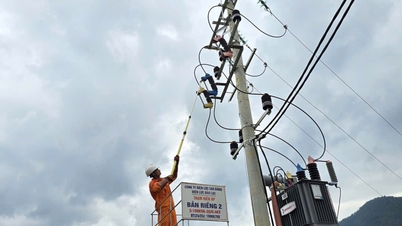
















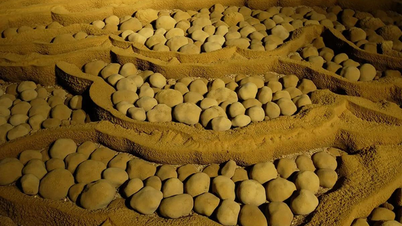






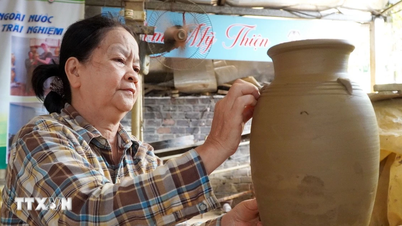






























































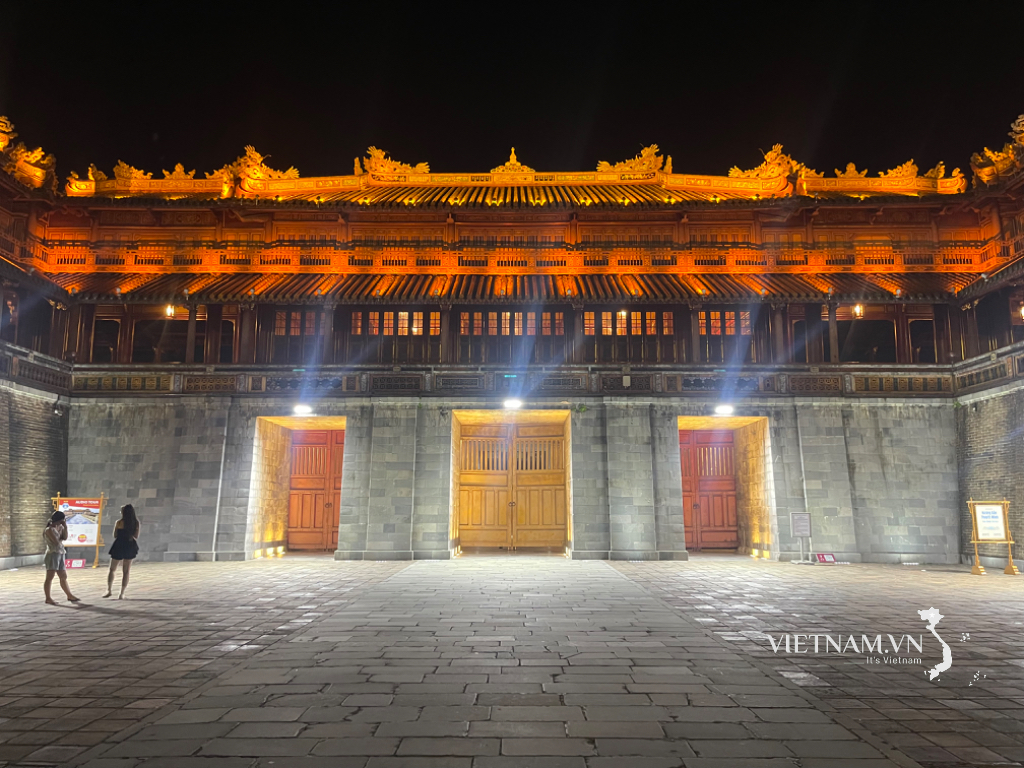



Comment (0)